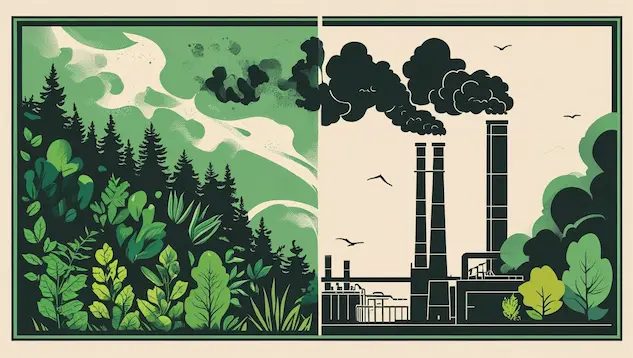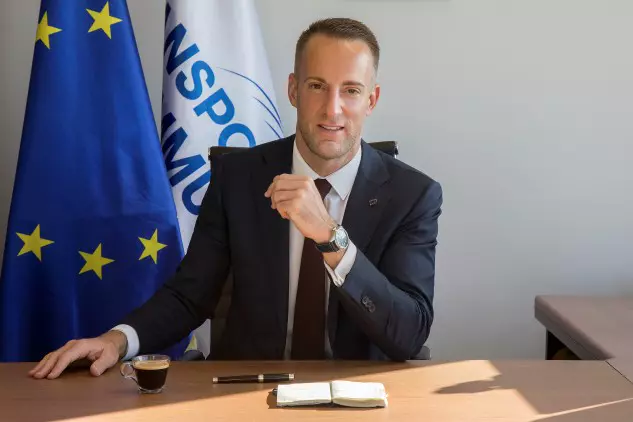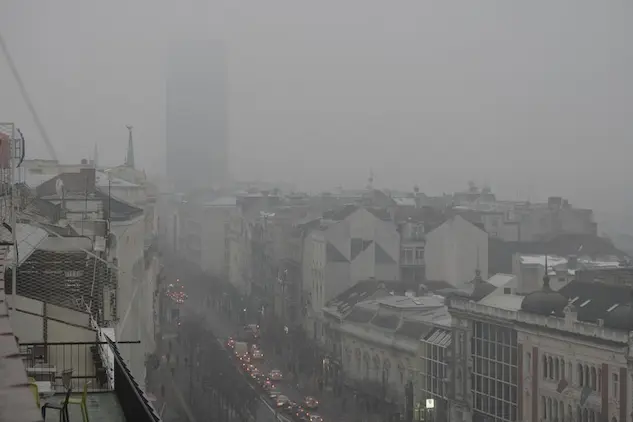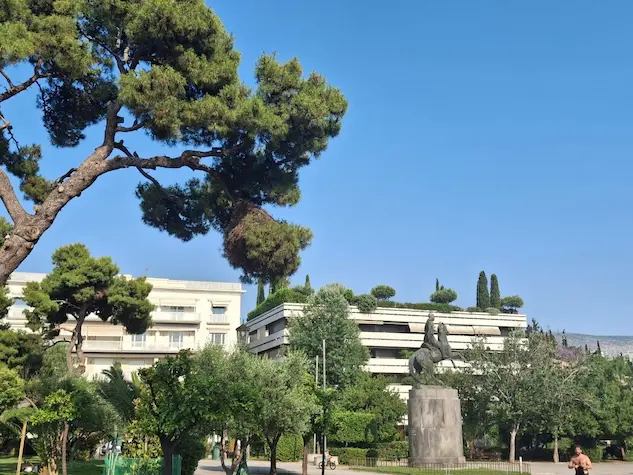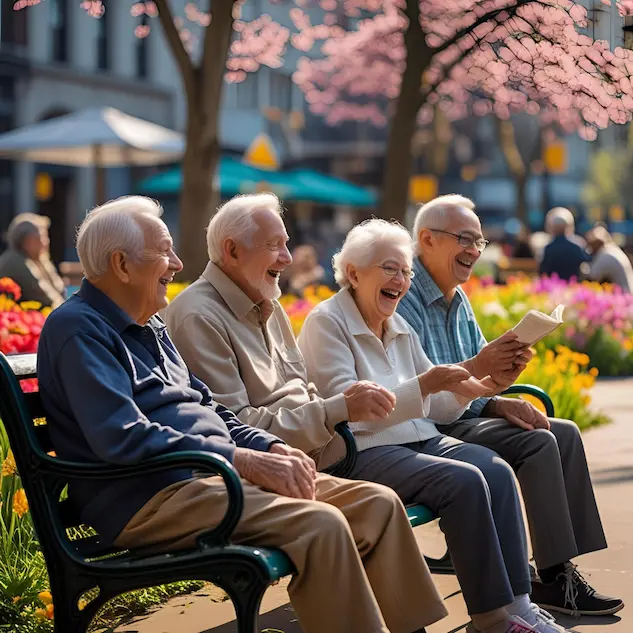The Rise of City Harbor Swimming in Modern Cities
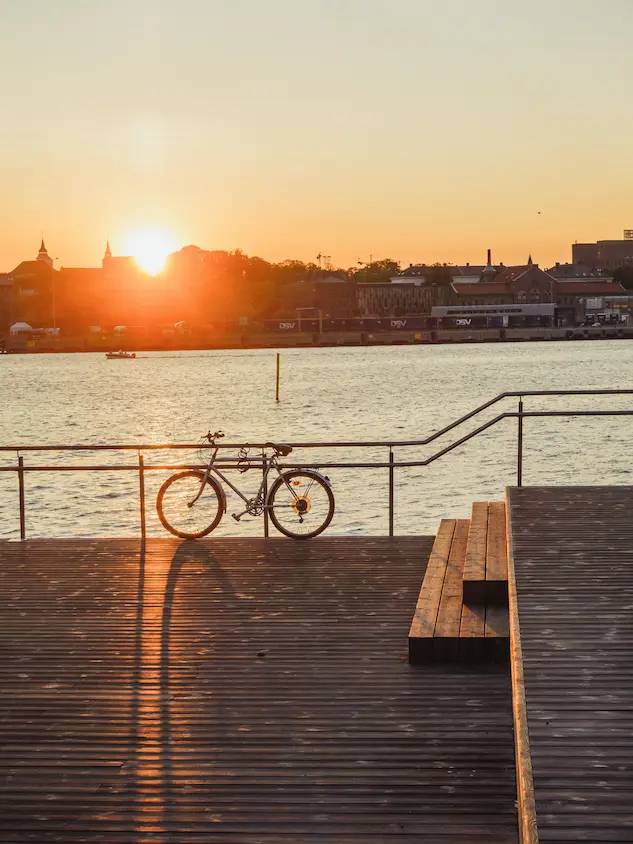
Harbor baths turn urban waterways into vibrant, accessible public spaces. City harbor swimming not only provides recreation but helps cities cope with rising heat and climate stress. Northern European cities like Copenhagen have shown how design, water quality management, and civic engagement can reclaim polluted harbors. Today, these spaces combine wellness, sustainability, and social inclusivity, redefining the city’s relationship with its water.
Read MoreThe Rise of City Harbor Swimming in Modern Cities
